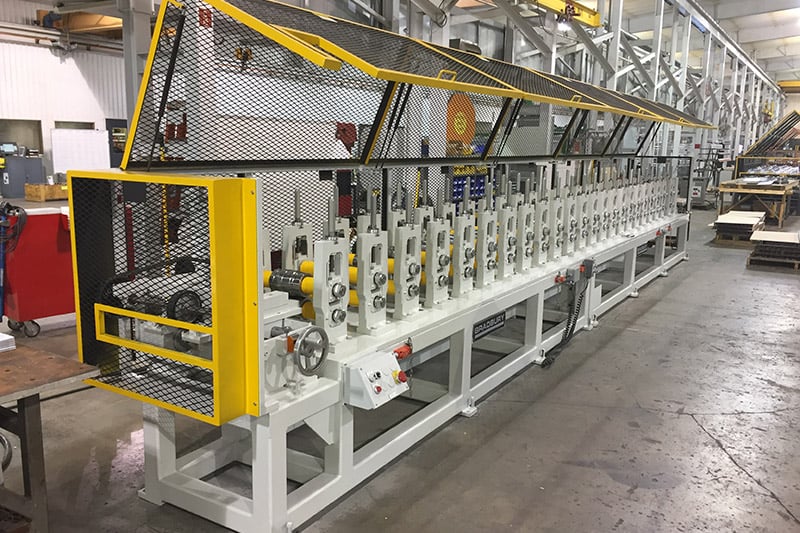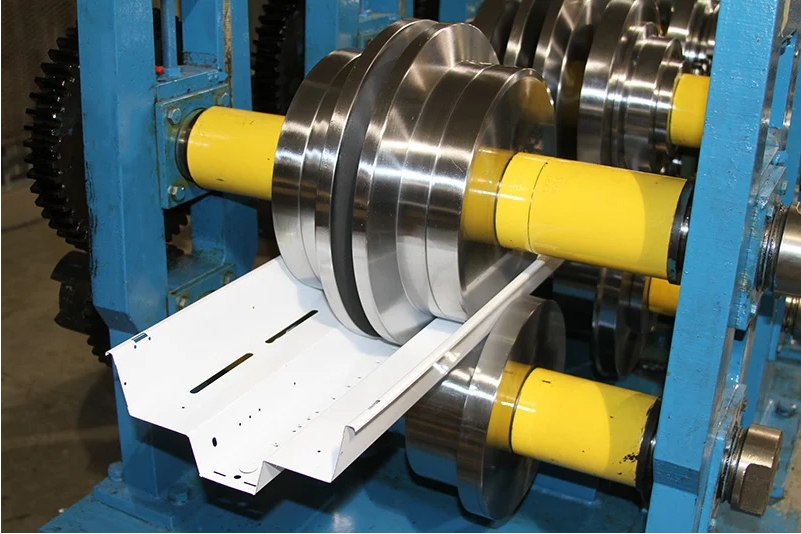Navigation Menu
Contact Us
- Email:
- info@wxavatar.com
- Address:
- Yurong Village, Yuqi Street, Huishan District, Wuxi, China.
Release Date:Jul 12, 2025 Visit:25 Source:Roll Forming Machine Factory
The landscape of lighting manufacturing is constantly evolving, driven by demands for efficiency, precision, and cost-effectiveness. In this dynamic environment, modern roll forming technology stands out as a potential game-changer for the production of troffers and reflectors. These essential components of many lighting fixtures could see significant transformation through the adoption of advanced roll forming processes.

Traditionally, the fabrication of troffers and reflectors has involved a combination of stamping, bending, and other sheet metal operations. While effective, these methods can be time-consuming, resource-intensive, and may limit design flexibility. Modern roll formers, however, offer a continuous, high-speed manufacturing process that can produce complex profiles with exceptional accuracy and repeatability.
One of the key advantages of contemporary roll forming for troffers and reflectors lies in its material efficiency. By precisely forming sheet metal coils into desired shapes, waste is minimized, contributing to more economical production. Furthermore, the ability to integrate various inline processes, such as punching, notching, and even assembly steps, can streamline the entire manufacturing workflow. This integration reduces the need for secondary operations, leading to faster throughput and potentially lower labor costs.
The precision offered by modern roll formers is another compelling factor. Maintaining tight tolerances is critical for the optical performance of reflectors and the structural integrity of troffers. Advanced control systems and tooling designs in today's roll forming machinery ensure consistent quality across large production runs, which is crucial for meeting stringent industry standards.
Beyond efficiency and precision, roll forming also opens avenues for design innovation. The continuous nature of the process allows for the creation of intricate and customized profiles that might be challenging or uneconomical to achieve with traditional methods. This flexibility could empower lighting designers to develop more aesthetically pleasing and functionally optimized troffers and reflectors, potentially leading to novel lighting solutions.

While the transition to roll forming may require initial investment in equipment and retooling, the long-term benefits in terms of production speed, material utilization, and product quality could make it a compelling proposition for manufacturers. As the lighting industry continues to seek more efficient and adaptable production methods, the role of modern roll formers in shaping the future of troffer and reflector manufacturing appears increasingly promising.